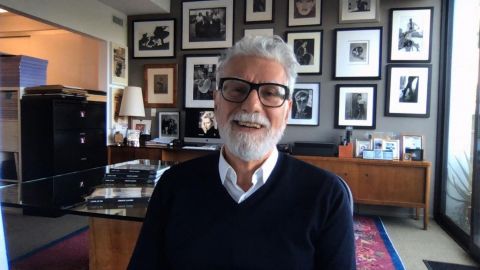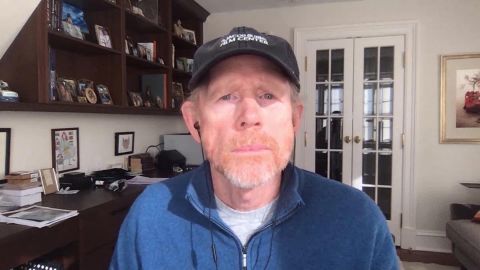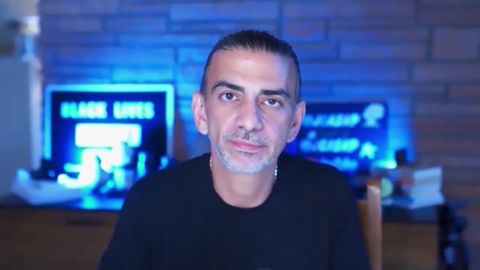Read Transcript EXPAND
CHRISTIANE AMANPOUR: Well, interesting, because that brings me — and we’re going to show a few pictures of some of your iconic work and some of the great stars who you photograph. So we will put those up as we chat. But the book is called “Look At Me.” And I want you to tell me why you chose that title.
FIROOZ ZAHEDI, PHOTOGRAPHER: For three reasons. The first reason is, as a photographer, when you direct someone to a sitting, you give them directions as to whether they should look to the left, to the right. And then you say, look at me, so you have eye contact. A second reason is, when you’re working with celebrities, and shooting them for magazines or for an advertising campaign, they’re doing that in order to promote a film, a music album, or a TV show or whatever. So they want you to look at them too. So they’re saying, look at me. The third reason being, my very personal and, like, look at me, I made it, you know? I had no idea I would get to this point in my life. But I did. Somehow, I managed to get. Lucky me. Just look at me.
AMANPOUR: Well, I think that’s — it’s really interesting, that. And you almost are a throwback to a bygone era. I mean, I’m not saying that as if you’re a dinosaur, but you worked with a camera and film, and when magazines were jam-packed with — they were thick, the glossy magazines, “Vanity Fair,” Vogue,” all the other Hollywood magazines. You had all these amazing jobs, so to speak. What is the situation like now for that kind of work?
ZAHEDI: Well, it’s totally changed since the Internet came in to the picture, so to speak. I lived through the golden age of photography for magazines, the ’80s ’90s, the early 2000s. There was a big budget. Magazines had a lot of advertising, so they could splurge on getting good photographers, good hair and makeup people, fly people around the world to do stuff. But they don’t have that budget anymore, because everybody’s shifted to the Internet with — for advertising purposes. Nobody buys magazines anymore. And if you look at them, they’re very skimpy, “Maxim,” 100 pages maybe. I’m primarily talking about magazines to do with style, fashion magazines, or magazines like “Vanity Fair.” They really don’t have that readership. Nobody goes to a newsstand anymore and stands there looking through magazines and buying one. Everyone just clicks on the computer and goes on the Internet. And most of the magazines have switched to having an online magazine. So things have shifted. And I’m so happy I lived through that phase and enjoyed it and profited from it, not just financially, but what it was just a unique era to go through.
About This Episode EXPAND
Christiane speaks with director Ron Howard about his latest documentary, “Rebuilding Paradise.” She also speaks with author Anjan Sundaram about the political climate in Rwanda and photographer Firooz Zahedi about his new collection of work “Look at Me.” Ana Cabrera speaks with Jaime Casap, former Education Evangelist at Google, about how technology can be used to improve learning experiences.
LEARN MORE



